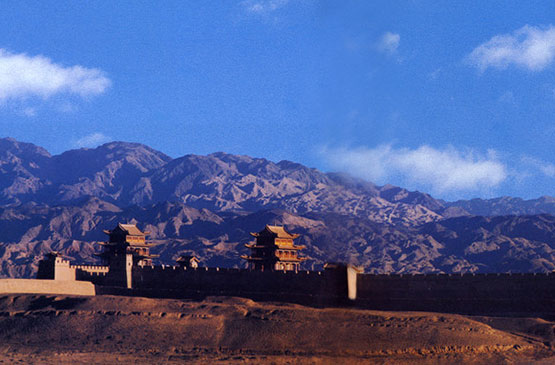Exploring china
Themed Tourism
UNESCO World Heritage sites
Discovery Tour of Cultural Heritage
Beijing-Qufu-Suzhou-Chongqing-Xi’an-Dunhuang-Jiayuguan
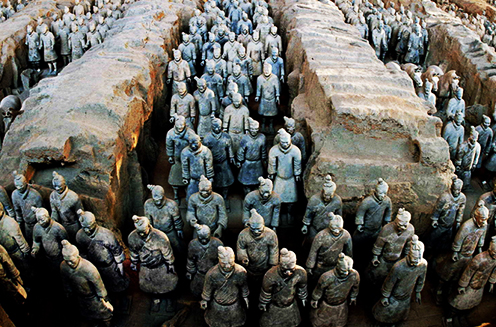
Highlight:
This itinerary has handpicked some of the most classic World Cultural Heritage sites in China, including the Palace Museum, Temple of Heaven, Summer Palace, Ming Tombs and Badaling Great Wall in Beijing; Qufu Ming Dynasty Ancient City in Shandong; the Classical Gardens of Suzhou; Dazu Rock Carvings in Chongqing, the Terracotta Army in Shaanxi and much more. Around 10 days are required if you really want to enjoy an in-depth tour.
Itinerary Details
1st Stop: Beijing
Visit the Palace Museum, Temple of Heaven, Summer Palace, Badaling Great Wall and the Thirteen Tombs of the Ming Dynasty.
The Palace Museum, also known as the Forbidden City, is the most complete and largest ancient architectural complex built of wood in China and the world. The Forbidden City is structurally composed of the Outer Court and Inner Court. The Outer Court is also known as the Front Court, with the Hall of Supreme Harmony or Hall of Golden Chime, Hall of Central Harmony and Hall of Preserving Harmony at its core as the place where emperors exercised power and held ceremonies. The Inner Court includes the Palace of Heavenly Purity, Hall of Union and Palace of Earthly Tranquility at its core, as well as the Six Western Palaces and Six Eastern Palaces, and is where the feudal emperors and imperial concubines lived and commonly known as “Three Palaces and Six Courtyards”.
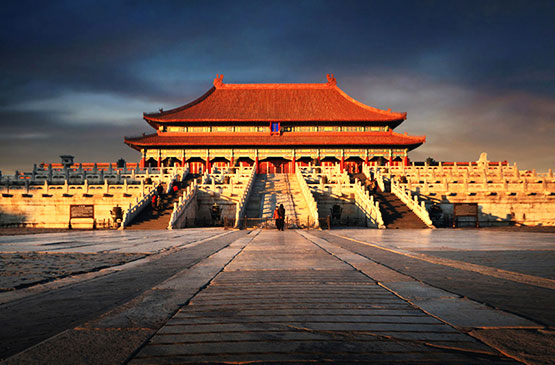
The Temple of Heaven is the largest existing ancient sacrificial architectural complex and listed as a World Heritage Site. It used to serve as a venue where the emperors of the Ming and Qing dynasties offered sacrifice to the heavens. After constant reorganization and expansion, it was finally finished during the reign of the Emperor Qianlong. The Temple of Heaven is composed of the Circular Mound Altar and the Hall of Prayer for Good Harvests, with two layers of surrounding walls. The northern wall is circular; while the southern wall is vertical to the eastern and western walls, forming a square shape. Such an architectural style featuring a square southern part and a round northern part is collectively known as the “Walls of Heaven and Earth” and symbolizes the ancient Chinese belief that the heavens are round and the Earth square.
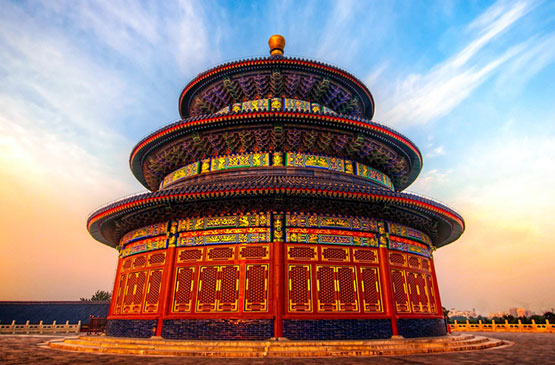
The Summer Palace is the best example of classical Chinese gardens. Boasting exquisite scenery and a sea of precious cultural relics, it is renowned as the “Museum of Royal Gardens”. The integration of buildings, lakes and hills makes the Summer Palace scenery richly diverse. On December 2, 1998, it was recognized as a World Heritage Site.
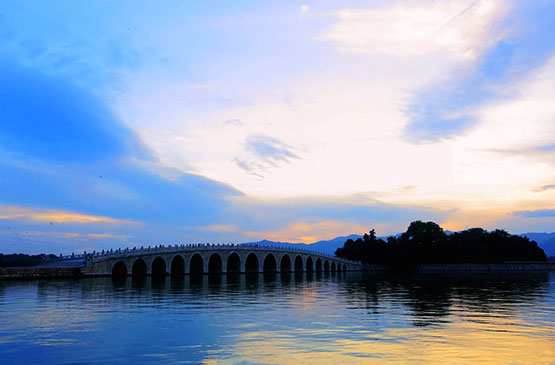
The Badaling Great Wall occupies a commanding and strategic position in defense of the city of Beijing and exemplifies the magnitude and sublimity of the Great Wall of China, with peaks rising one above the other and precipitous terrain. Today, a multi-layered touring system with the open section of the Great Wall, the Chinese Great Wall Museum and Badaling Great Wall Circle Cinema as the main body, three free landscape gardens as supportive parts, and the broken Great Wall and Chadao Ancient City as two inter-complementary affiliated scenic spots has formed at Badaling.
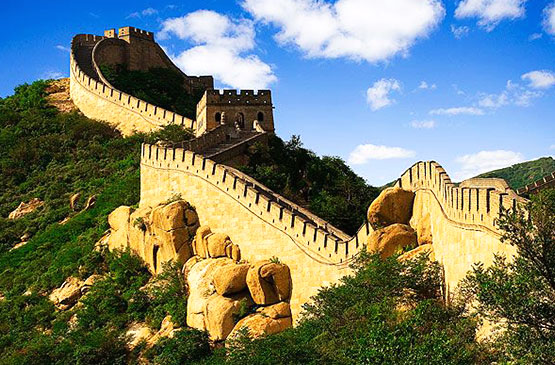
The Thirteen Tombs of the Ming Dynasty are a complex of tombs for Ming Dynasty emperors. They are located at Tianshou Mountain at the foot of the Yan Mountains around 50 kilometers from Beijing in northwestern Changping District. The complex was built in 1409, 300 to 600 years ago, and its 40-square kilometer area makes it is the largest existing imperial tomb cluster in the world, with the greatest number of tombs of emperors and empresses.
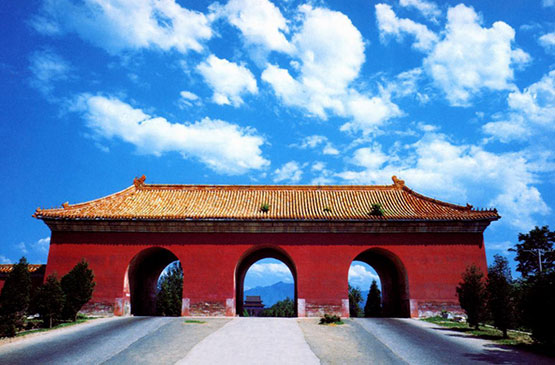
2nd Stop: Qufu
Visit Qufu Ming Dynasty Ancient City. The key attractions at Qufu Ming Dynasty Ancient City are three Confucius-themed sites, namely the Temple of Confucius, Kong Family Mansion and Cemetery of Confucius. The Temple of Confucius is the largest ancient architectural complex in China apart from the Forbidden City and is a classic example of a large ancient Chinese ancestral temple complex and one of the three largest ancient complexes in China that enjoys important status in world architectural history. The Kong Family Mansion was the residence of Confucius’ direct decedents and the governmental residence of the Duke Yansheng. The Cemetery of Confucius is where Confucius and his direct descendants were buried, with over 100,000 tombs there, making it the oldest and largest family cemetery in the world.
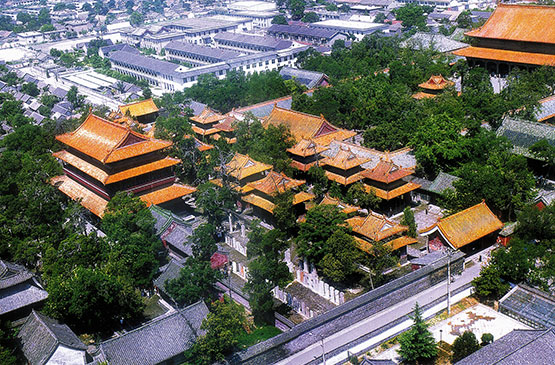
3rd Stop: Suzhou
The Classical Gardens of Suzhou have a long lasting history and represent the classic style of Jiangnan gardens. There is a saying: “Jiangnan gardens are the best in the world and the gardens of Suzhou are the best in Jiangnan”. The Classical Gardens of Suzhou are ancient, refined, exquisite, elegant and numerous, and are a tourist resource unique to Suzhou.
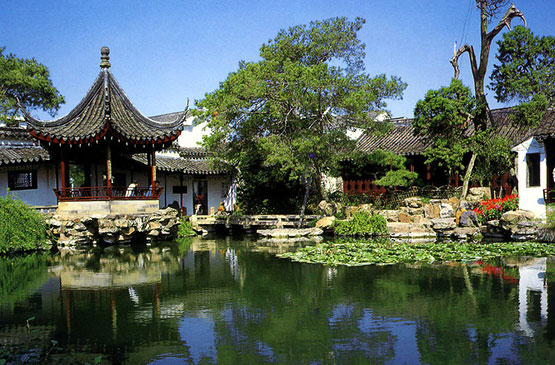
4th Stop: Chongqing
Visit the Dazu Rock Carvings. The Dazu Rock Cavings are located in Dazu County, Chongqing municipality, and are composed of a series of religious sculptures and carvings (grottoes) that primarily depict Buddhist beliefs. It has been listed as a World Heritage Site and ranks among the eight largest grottoes in the world.
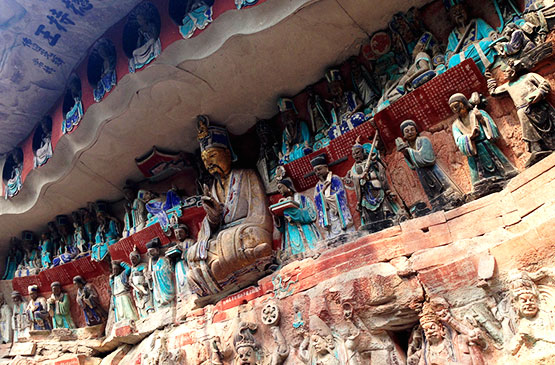
5th Stop: Xi'an
Visit Qin Shi Huang’s Terracotta Army in Xi’an. Qin Shi Huang’s Terracotta Army is a famous ancient Chinese military museum, consisting of the Terracotta Army Museum and the Qin Shi Huang Mausoleum. According to archeologists, these pits are buried with the Emperor Qin Shi Huang to protect the emperor in his afterlife. Pits one, two and three are now open to the public, and allow visitors to recreate in their mind’s eye the battle scenes and valorous warriors of the Qin Dynasty over two thousand years ago. In 1987 it was recognized as a World Heritage Site by UNESCO as the “Eighth Wonder of the World”. To date, over 200 world leaders have visited this fantastic symbol of the glamor of ancient Chinese civilization.
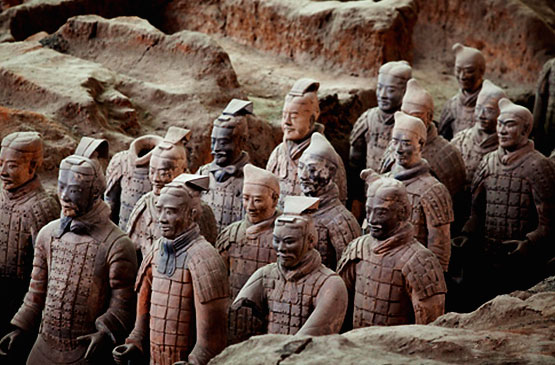
6th Stop: Dunhuang
Visit Dunhuang and the Mogao Caves. The Mogao Caves, also known as the Thousand Buddha Grottoes, are located in the western end of the Gansu Corridor, Dunhuang, and are hailed as the most valuable cultural discovery of the 20th century and the “Oriental Louvre”. With exquisite murals and statues, the caves have witnessed the golden days of the Silk Road and boast a large number of cultural relics related to this famous trade route. The site is comprised of the Mogao Gaves Digital Display Center and the Mogao Caves themselves, with 735 caves, 45,000-square meters of murals and 2,415 painted clay statues, making it one of the largest and most colorful treasure troves of Buddhist art.
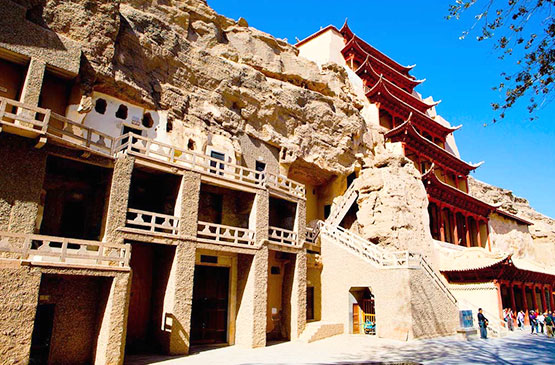
7th Stop: Jiayuguan
Visit Jiayu Pass. Jiayu Pass is the first pass at the west end of the Ming Dynasty Great Wall and a key waypoint along the ancient Silk Road. First built during the Ming Dynasty, it is the most spectacular section of the Great Wall of China. Now a tourist attraction, it holds performances recreating the frontier garrison drills of the past, acrobatics on the drill ground on the gate tower, and shadow puppetry inside the pass.
